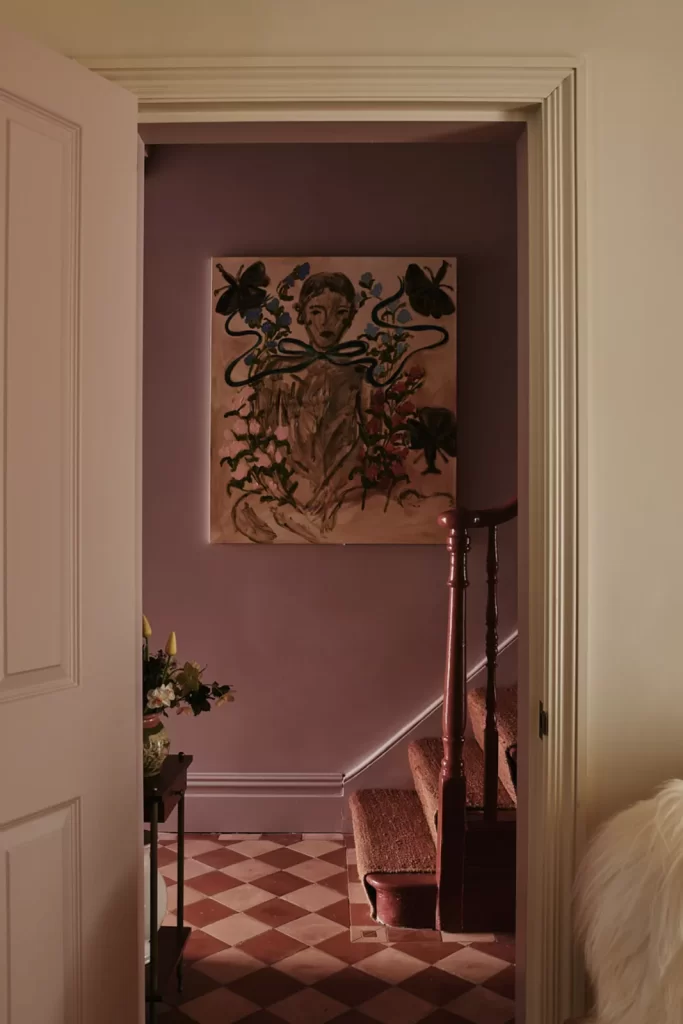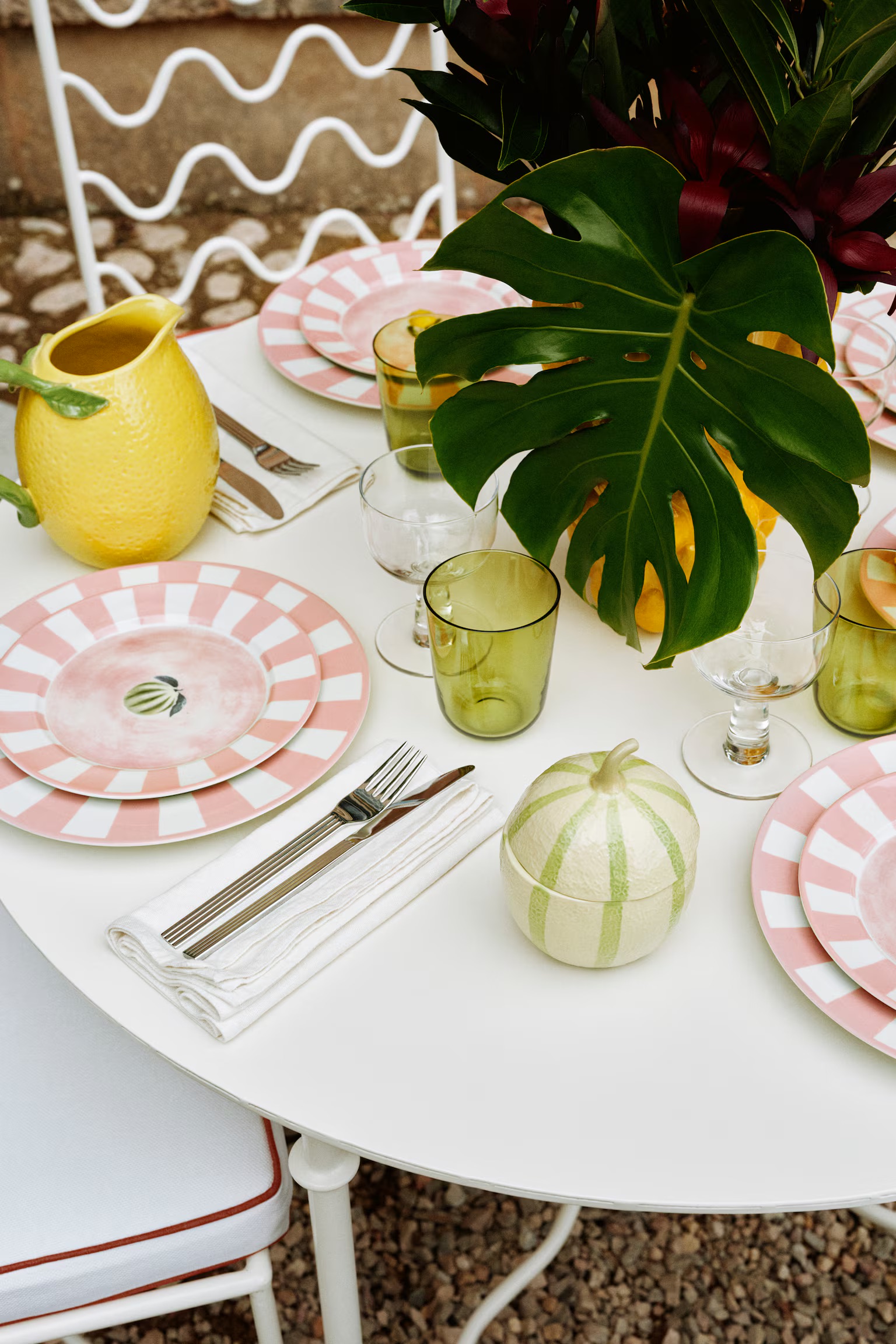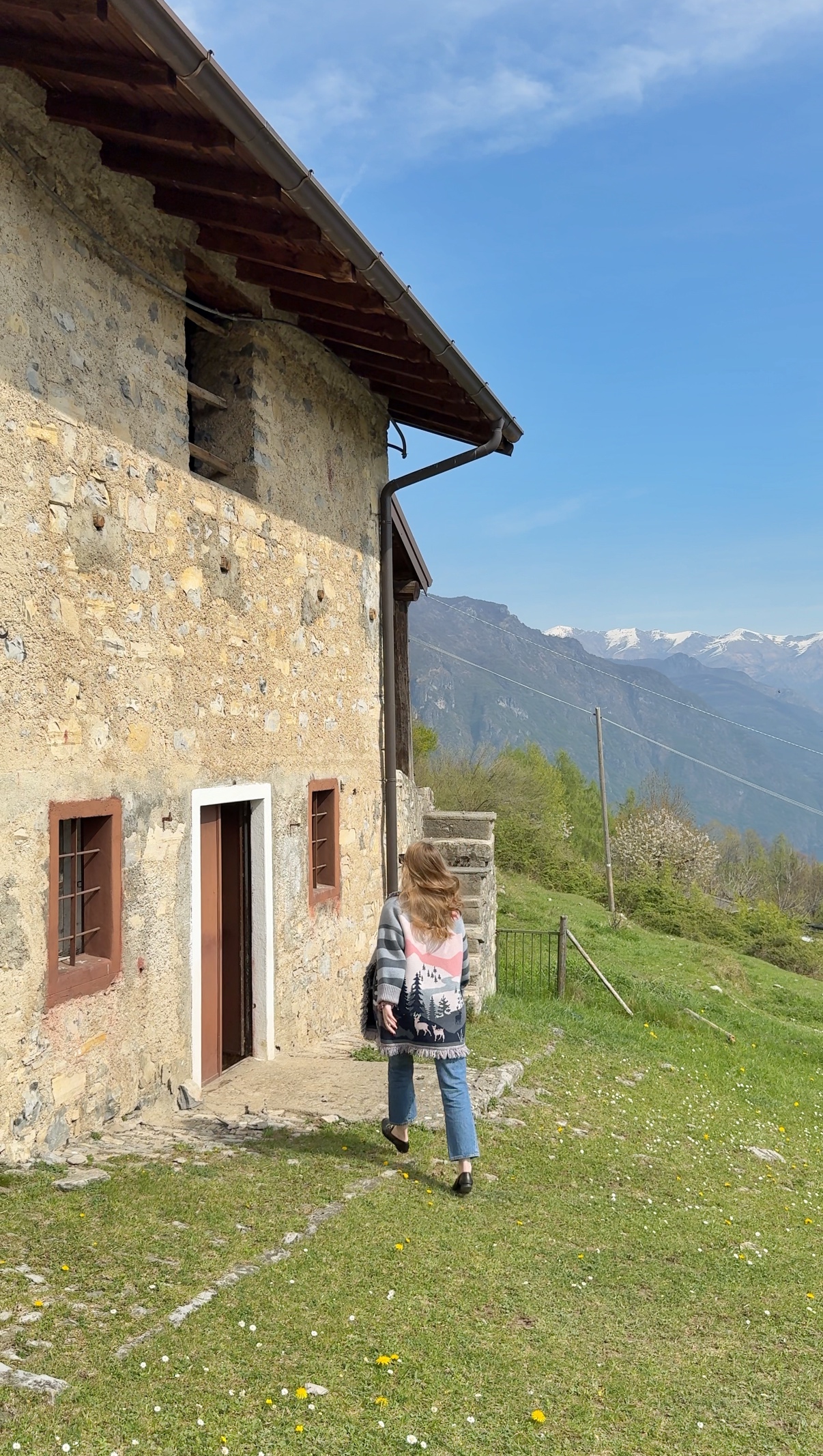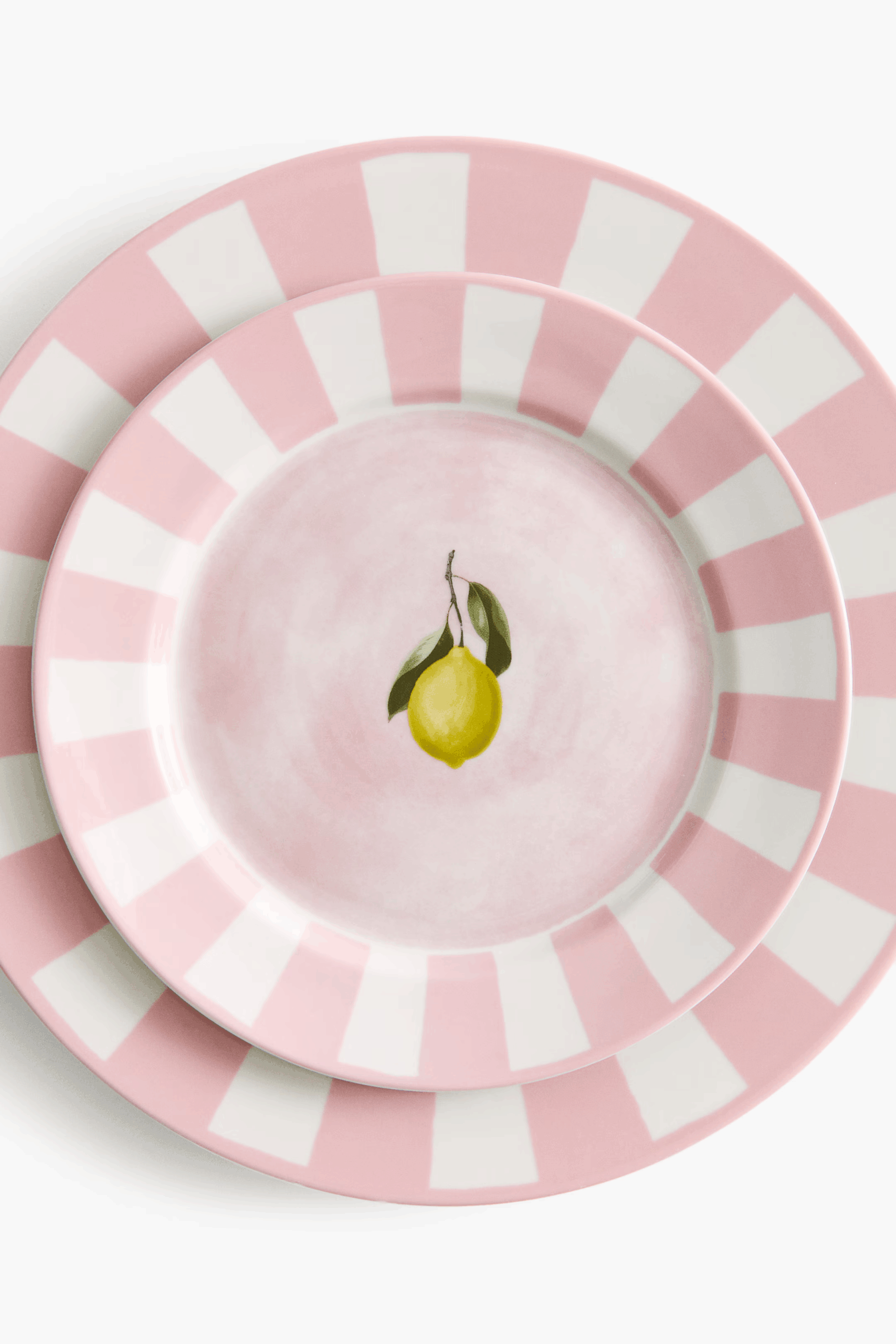The impact of green, yellow, red, blue, and others
Color is more than just a visual element; it’s a powerful tool that can influence our emotions, moods, and behaviors. In interior design, understanding the psychological effects of different colors can help you create a harmonious and inviting space that resonates with your personality and style. In this easy-to-understand guide, we’ll explore the psychological effects of various colors, from green and yellow to black and pastels, and how you can use them to transform your home.
The Psychological Effects of Different Colors
Green: Calm and Renewal
Green is often associated with nature, growth, and renewal. It has a calming and soothing effect, making it an excellent choice for bedrooms, living rooms, and home offices. Green can help reduce stress and anxiety, promote relaxation, and create a sense of balance and harmony in your home.

Yellow: Happiness and Optimism
Yellow is the color of sunshine and is often linked to happiness, optimism, and energy. It can help uplift your mood, boost creativity, and create a welcoming and cheerful atmosphere. Yellow is a great choice for kitchens, dining rooms, and entryways where you want to create a bright and inviting space.

Orange: Creativity and Enthusiasm
Orange is a vibrant and energetic color that stimulates creativity, enthusiasm, and excitement. It can help increase energy levels and foster a sense of warmth and comfort. Orange is perfect for workout rooms, playrooms, and spaces where you want to encourage creativity and productivity.

Red: Passion and Energy
Red is a bold and passionate color that evokes strong emotions and stimulates energy and excitement. It can help increase heart rate and blood pressure, making it an excellent choice for dining rooms and living areas where you want to create a lively and sociable atmosphere. However, it’s essential to use red sparingly as it can be overpowering in large doses.

Purple: Luxury and Ambition
Purple is often associated with royalty, luxury, and ambition. It has a calming and mysterious vibe that can help promote creativity, imagination, and mindfulness. Purple is a versatile color that can be used in bedrooms, home offices, and living rooms to add a touch of elegance and sophistication.

Blue: Calm and Serenity
Blue is a calming and serene color that promotes relaxation, tranquility, and peace. It can help reduce stress and anxiety, improve concentration, and create a sense of stability and trust. Blue is an excellent choice for bedrooms, bathrooms, and offices where you want to create a calming and peaceful environment.

Rose: Romance and Femininity
Rose is a soft and romantic color that evokes feelings of love, compassion, and femininity. It can help create a warm and intimate atmosphere, making it an excellent choice for bedrooms, dining rooms, and living areas where you want to promote relaxation and connection.

White: Purity and Simplicity
White is a versatile and timeless color that symbolizes purity, simplicity, and cleanliness. It can help create a sense of space and openness, making it an excellent choice for small rooms and spaces where you want to maximize light and create a minimalist aesthetic.
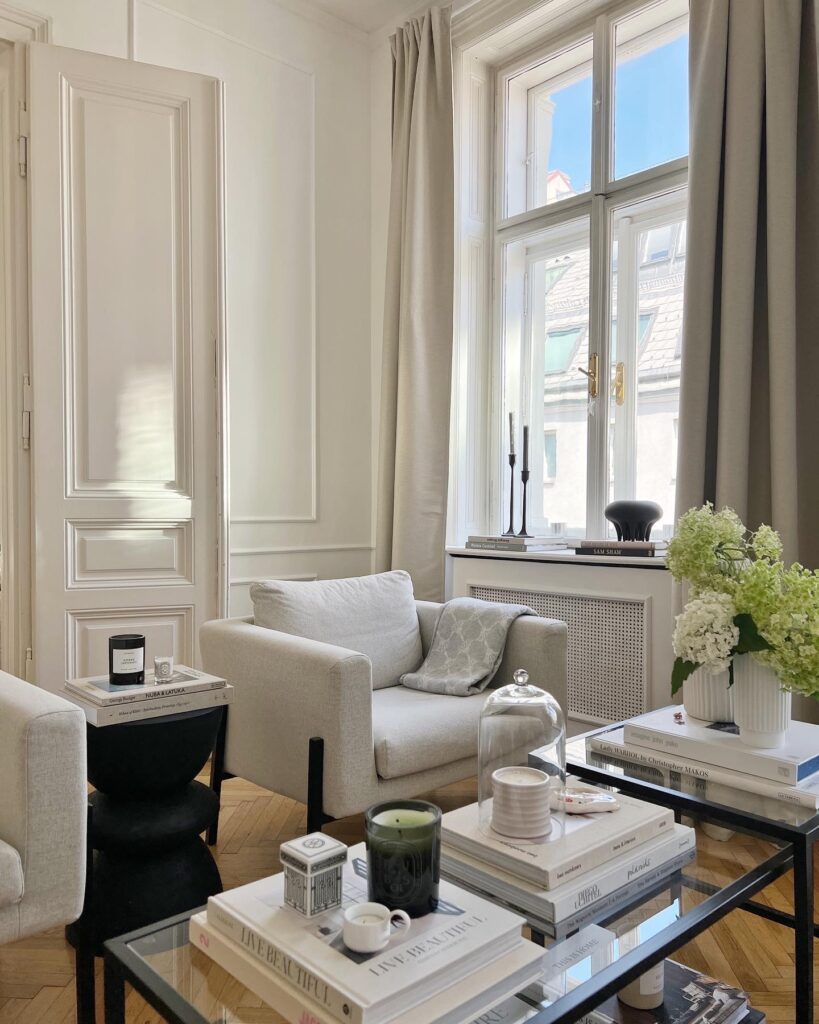
Black: Sophistication and Drama
Black is a sophisticated and dramatic color that adds depth, elegance, and contrast to any space. It can help create a sense of mystery and intrigue, making it an excellent choice for accent walls, furniture, and accessories. However, it’s essential to use black sparingly and balance it with lighter colors to prevent the space from feeling too dark and oppressive.

Pastel Colors: Softness and Tranquility
Pastel colors, such as soft pinks, blues, greens, and yellows, are light and airy shades that evoke feelings of softness, tranquility, and nostalgia. They can help create a calm and soothing atmosphere, making them an excellent choice for bedrooms, nurseries, and living areas where you want to promote relaxation and comfort.

Tips for Using Color Effectively in Interior Design
- Consider the Room’s Function: Think about the room’s purpose and the mood you want to create. For instance, cool and soothing colors are perfect for bedrooms, while warm and vibrant colors are ideal for living areas.
- Factor in the Room’s Size and Lighting: Dark colors can make a small room feel cramped, while light colors can create an illusion of space. Also, consider the room’s natural and artificial lighting when choosing a color scheme.
- Experiment with Different Color Combinations: Don’t be afraid to mix and match different colors to create a unique and personalized look. Use paint samples, fabric swatches, or digital design tools to test out different combinations before committing to a final color scheme.
- Trust Your Instincts and Have Fun: Interior design is a creative process, so trust your instincts, have fun, and enjoy the journey of transforming your home with color!
Conclusion
Color is a powerful and transformative tool in interior design, capable of influencing our emotions, moods, and behaviors. By understanding the psychological effects of different colors and experimenting with various color combinations, you can create a harmonious, visually appealing, and personalized home that truly reflects your unique style and personality. So, unleash your creativity, explore the endless possibilities of color, and embark on a transformative journey to bring your dream home to life with the perfect color scheme!
Make sure to read our other articles on mastering color schemes in interior design

